Unstoppable
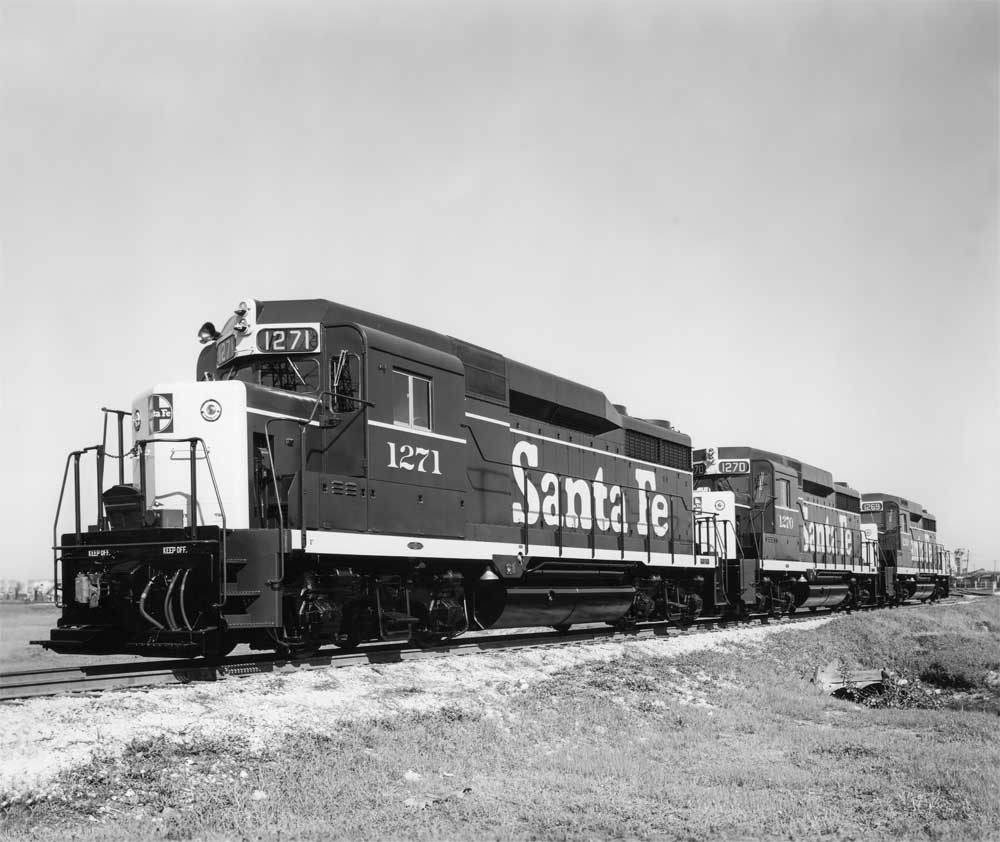
Thursday, June 20, 1968, began simply enough — clear, sunny, and warm. As a newly minted Santa Fe acting trainmaster working vacation relief out of Newton, Kan., I had been assigned by Superintendent Jimmy Fitzgerald — who later became vice president of operations — to monitor and expedite the movement of grain trains from loadouts on the Larned and 5th District (Middle Division) branch lines to the grain silos in Hutchinson, Kan.
Working the Larned Branch on what was going to turn into a fateful day, we pulled our train into Larned, Kan., at about 4 p.m. and put our train in the hole (siding) so the crew could go for beans.
Getting off the engine, the operator at the Larned depot came running out and in a highly excited voice exclaimed, “Mr. Leilich, the Chief wants to talk to you.”
“What’s going on, George?” I asked. “We got two runaways.”
Puzzled, I called the chief dispatcher and asked him what was happening. First, he asked if I had my train in the clear and all switches lined for the main.
Puzzled even more, I answered “yes” and asked again, what’s going on?
“We’ve got two runaways.”
“I got that,” I said, “so what does that have to do with us? Call the police.”
“Two runaway units [I thought I also heard him mumble “you idiot”] and they’re coming your way,” said the chief dispatcher.
“How fast are they going?” I asked, now that he clearly had my attention.
“The last we estimated is 40 to 45 mph.”
The train crew quickly figured out that their plan to go for beans may have to wait awhile.
The plan
I told him that my plan would be to leave our train in the hole but take our two tired GP9s out on the main and run ahead of the two loose units, letting them couple into us after which we could brake, slowing them down enough for me to go back and shut them down. Fortunately, I was once a fireman and a qualified engineer, so I felt confident about doing this.
Before I committed to this plan, I wanted another “OS” (location and operating speed) on these runaways, still some 65 miles away from Larned.
With the operators at Nickerson and Sterling, Kan., on the line, I clocked the units as doing the 8 miles in less than 8 minutes. I did not need a calculator to tell me that they were going much faster than 45 mph and also more than likely were going to exceed the 72-mph maximum speed of our two Geeps, which probably never saw more than 60 mph in their lives.
Change of plans
“My game plan has changed,” I told the chief. “We’re going to chase them and, if we can, couple into them and slow them down.” If successful, the second part of my plan was the same — carefully make my way up to each unit and shut them down with the emergency fuel switch. The speed limit on the Great Bend branch was limited to 40 mph, though the track was easily good for 50 mph.
I may have set two world records that day: Having the longest runaway experience — 98 miles — and operating the first two-man crew on a unionized railroad where the norm was then five. The rest of the train crew decided to stay put while allowing the engineer and me to have all the fun.
Soon, we could see a cloud of dust looming on the horizon. As the cloud got bigger, I gave the hogger the word to “go for it” in order to build up a little speed before we headed out onto the main line. The local section foreman, who happened to still be on duty, had only seconds to line the switch, or we were going to automatically line it for him! With the Geeps in run eight, our speed built up quickly. Seeing that we were going to exceed maximum locomotive speed, I asked anyone glued to the radio monitoring this unfolding drama how to nullify the overspeed trip, which would force our engines into emergency. With no one knowing how to do this, I told the engineer to “hold it on the warning whistle.” At this speed, the cloud of dust continued to disappear over the horizon. I later learned that all I had to do was break the glass on the speedometer and hold the needle below 72 mph.
After chasing the runaways for about 11 miles, the overspeed finally got us and our units went into emergency. With no hope of catching them and only a few minutes before the units hit the main line at Kinsley, Kan., I barked into the radio, telling the Kinsley operator, “Line the east wye switch (good only for 15 mph) to derail ’em. If you can get the superintendent’s concurrence, do so, if not, they are my orders.” A booming voice quickly came back over the airwaves, “This is the superintendent. I concur.” I said to myself: Here I am, probably getting thanked for wrecking two fairly new locomotives.
I jumped off our locomotives and stood in the middle of the parallel highway and flagged down a startled farmer and told him to take me to Kinsley — now about 13 miles away — as there was a railroad emergency. When I arrived, sure enough, the two units were lying on their sides amid wisps of smoke from hot oil. I immediately climbed into the cab on the lead locomotive to take note of the throttle, brake handle positions, and pulled the speed tape, as I knew there was going to be an investigation. Climbing out of the cab, I found a microphone stuck in front of my face wanting to know what happened. A Wichita newspaper had chartered a helicopter to get a scoop on the event.
The rest of the story
Later, I pieced together how this all happened. A hostler, totally unfamiliar with the two fairly new — 5-year-old — EMD GP30s was attempting to move the units from the servicing track to the ready track. The controls were located differently than he was accustomed to. Also, the throttle did not “notch” out like he expected.
His first mistake was to apply instead of releasing the independent brake. The brake handle was located alongside the engineer and not in front, confusing him further. His second mistake was unknowingly moving the throttle to the third or fourth notch, and when the engine did not move — the independent brake was fully applied — he advanced the throttle further, up to run 7. With the engines revving up and still not moving — the GP30s had a much slower generator field buildup than older Geeps and F7s — he panicked, making his third mistake, jumping off the engine. When he got off and the engine began to move, he made his fourth mistake — running too late to catch and re-board the locomotives.
He alerted the yardmaster, who in turn called the dispatcher and the police. No one could stop the engines from making their way to the main line, heading west. According to the speed tape, the units sailed through Hutchinson — speed limit 15 mph — at about 45 mph, going through at least 10 grade crossings before the gates went down. It was a miracle no one was hit. The dispatcher lined the switch to direct the locomotives up the 5th District branch, as no one was on the track except our grain train and a track supervisor on a motorcar. The track supervisor tried to get his motorcar off the track but managed to only clear the front wheels before the two locomotives came barreling down on him. He escaped just in time to see the motorcar turned into shards of metal and wood. After the brake shoes burned off, setting grass fires along the right-of-way, speed increased to beyond the maximum speed tape recording limit of 80 mph.
Needless to say, the hostler soon started a new career completely unrelated to railroading.
At the time of the accident, safety features that would have stopped the locomotives were disabled once the independent brake was set. As a result of the ICC’s investigation, disabling safety features on future new locomotives included the requirement that the reverser also must be set in the neutral position.
I don’t know how much of this experience went into the movie Unstoppable, but there were certainly several interesting parallels: Trying to hit the emergency fuel shut-off switch with a rifle fired from a police car chasing on a parallel road less than 25 feet away, and chasing the runaways with another locomotive. I was reluctant to see the movie as my wife knew I would pick it apart. After finally seeing it and putting up with unrealistic Hollywood enhancements and theatrics, it brought back strong memories of what happened to a neophyte 28-year-old kid trainmaster.
It was an experience I’ll never forget.






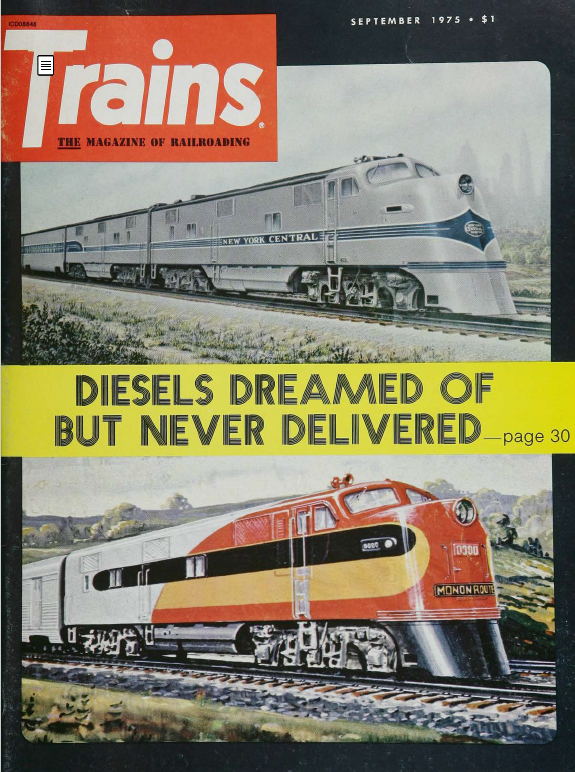
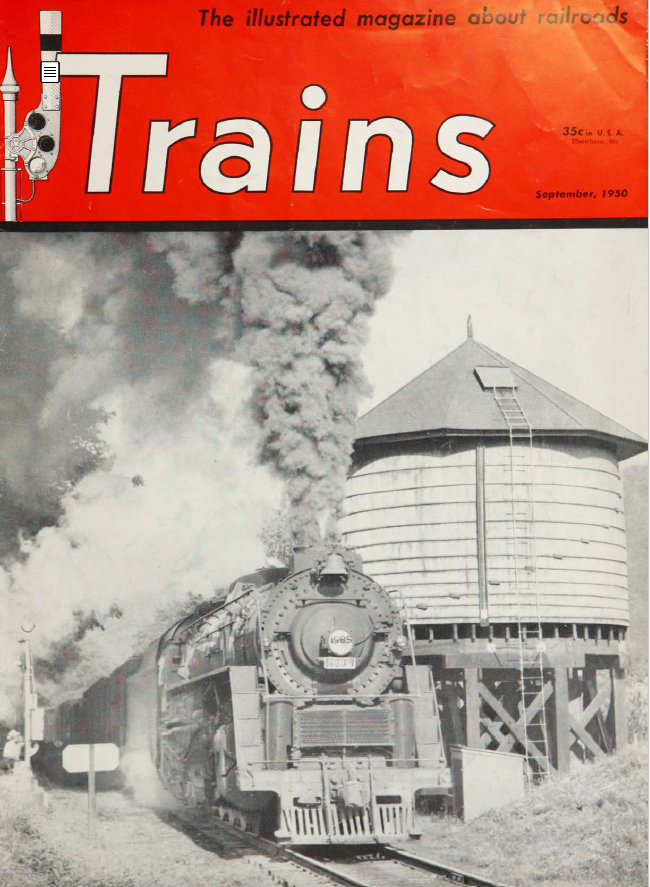
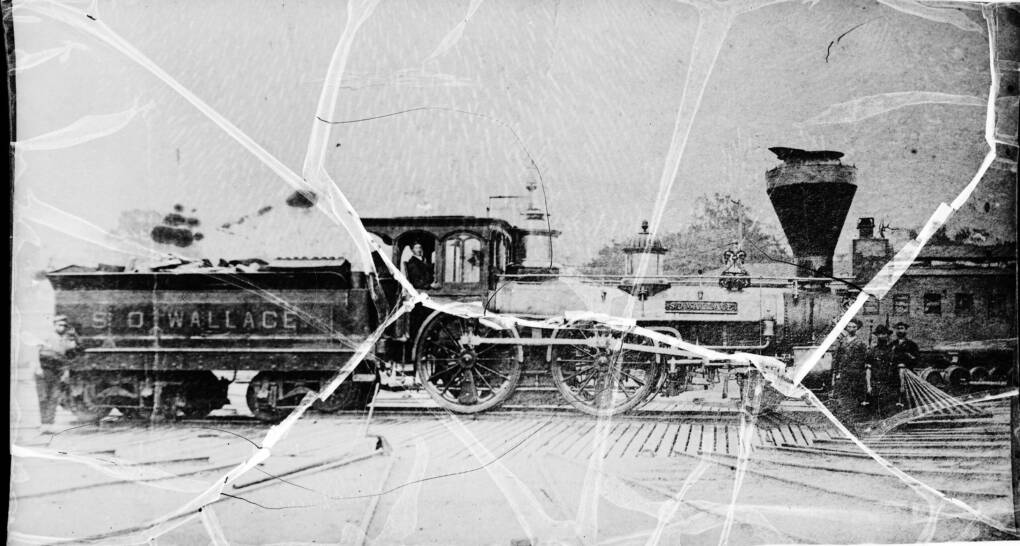
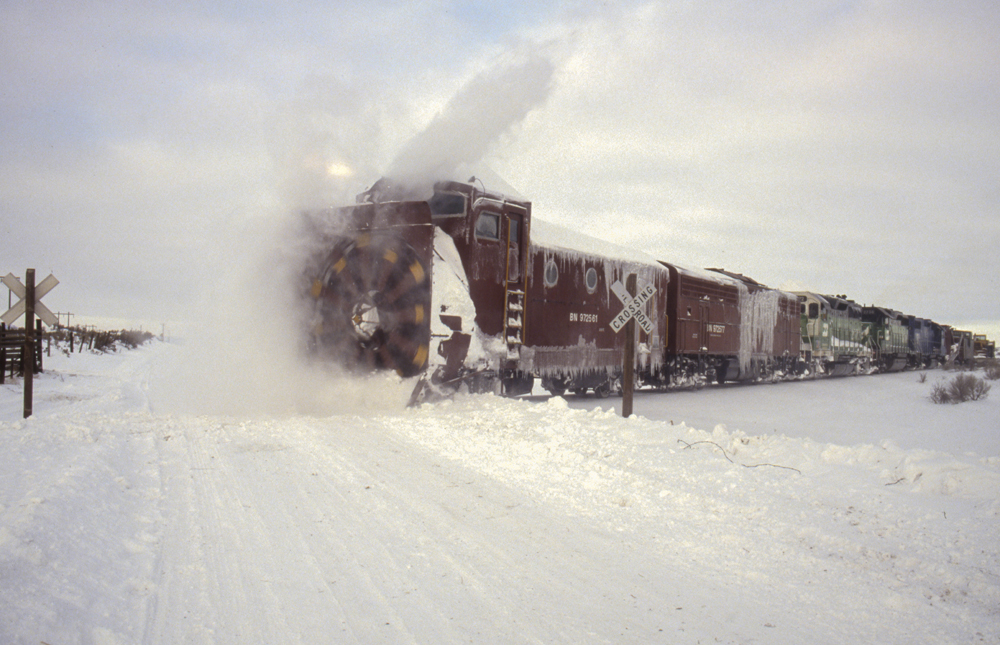




WOW!! Very interesting story. Thank you for your memories.